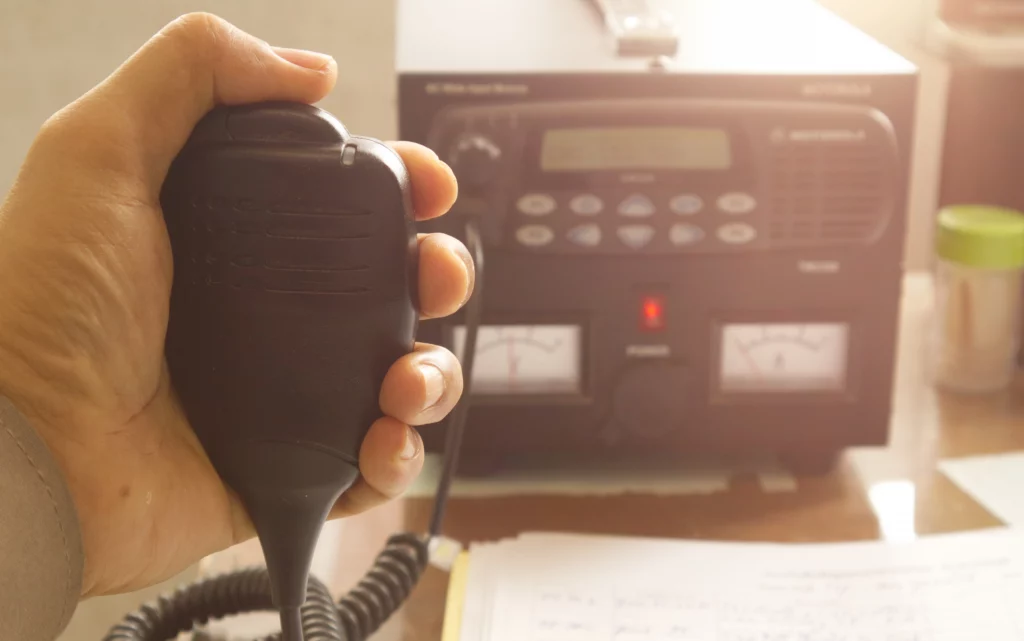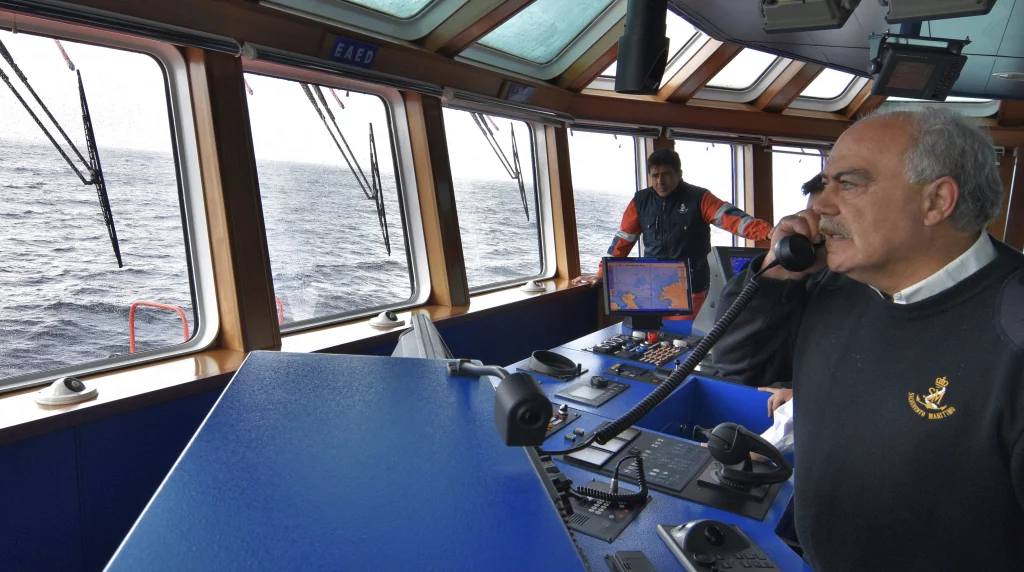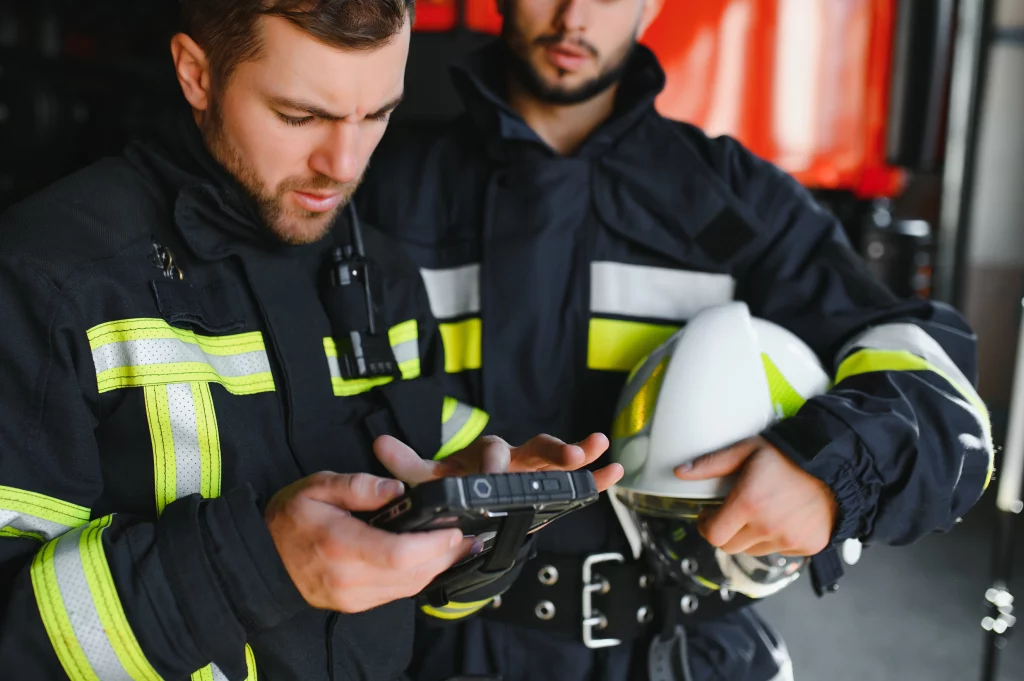Trends
Trends
OCT
10
2024
Technology
Seamless networks
As mobile phone users, we can occasionally afford to experience a brief signal outage or a lack of sufficient network coverage. We can wait a few seconds, redial or move somewhere else to find a better signal.
But what happens if we don’t have those “extra” seconds or minutes? This is the situation for professional emergency management groups such as firefighters, police, health workers and forest rangers. None of these individuals have any extra time in critical situations. They vitally need to communicate immediately.
“For example, when an ambulance responds to an accident, communication and coordination between the various groups concerned and speedy action are essential for saving lives. For other types of users, such as firefighters, their own lives are at risk as they perform their duties wherever they are,” explains Marta Rubí, Commercial Director of Public Administrations at Cellnex Spain.
What is the secret to ensuring that communications work perfectly in adverse circumstances such as a fire, an earthquake, or a traffic accident? The answer is simple: security and emergency services rely on robust and dedicated networks especially designed to ensure that the signal never fails.
Two words clearly define this type of networks: security and robustness. Both provide the necessary functionalities and guarantee communication with emergency services.
Security of communications in these networks means encryption systems that prevent unauthorised access and allow closed user groups to be created to streamline operations.
Current technology makes it easier to locate the vehicles in fleets participating in operations and to record their position and voice and data messages to ensure their safety, optimise procedures and subsequently study the circumstances of the operation in question.
Robustness means their design is based on a solid infrastructure that guarantees the seamless transmission of instructions, even in adverse scenarios in which commercial network connectivity would fail. “The critical situations in which these networks have to function and provide service include blizzards, gales, storms, earthquakes, fires and situations in which there are large crowds of people, such as demonstrations” says Rubí. “At Cellnex we have been working to design and roll out these networks for over 25 years. We currently serve more than 80,000 users in Spain, for example the security and emergency forces of various autonomous communities (Catalonia, Valencia, Navarre, Andalusia, Madrid, Murcia, Balearic Islands, etc.), Maritime Rescue, local security forces, underground and overground railways etc.”
Continually evolving technology
The mobile radio communications sector is undergoing a digital transformation that underscores the importance of connectivity in managing emergency situations.
Features such as data or image capacity and transmission speed are part of the continuous evolution of this technology.
Broadband and security are close allies since, in an emergency, the ability to transmit and receive high-quality images can make a difference and help to obtain essential information to complement that provided by voice. The evolution of security and emergency radio communication networks will allow video applications to help responders to act more quickly.
In this equation we can also find a specific type of coverage that will accompany security and emergency services wherever they are, making effective and efficient use of the spectrum, without interruptions or “shadow zones”. We can talk about “mobile” coverage where it is required, in extreme conditions both indoors (underground areas, car parks) or outdoors (remote areas).
Technological development is ongoing, and augmented reality, Internet of Things networks or drone use are already being integrated with communication networks for security and emergency forces that help to build a safer world for all.



















